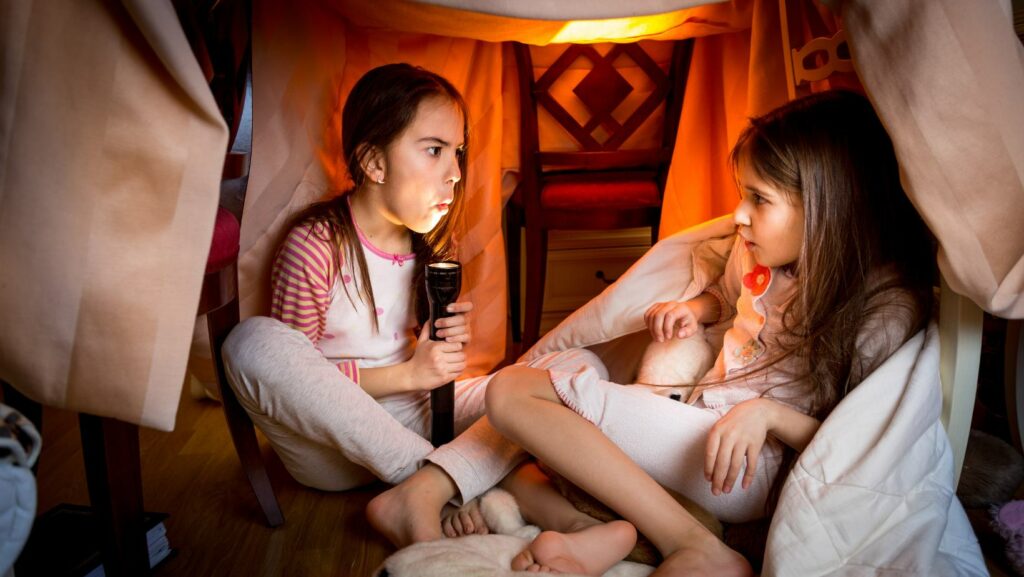
I’ve always been fascinated by the world of alchemy and the endless possibilities it offers. Little Alchemy 2 takes this concept to a whole new level, allowing players to create their own stories through the power of alchemy. In this article, I’ll be sharing some tips and tricks on how to make a story in Little Alchemy 2, so you can unlock all the hidden combinations and create your own unique narrative.
Creating a story in Little Alchemy 2 is all about experimenting and combining different elements to see what unfolds. With over 700 items to discover, the possibilities are truly endless. In this article, I’ll guide you through the process of crafting your own story, from the humble beginnings of fire and water to the more complex combinations that will bring your narrative to life. So grab your virtual lab coat, and let’s dive into the world of storytelling in Little Alchemy 2.
How to Make a Story in Little Alchemy 2
Understanding the Basics
In order to create a captivating story in Little Alchemy 2, it is important to understand the basics of the game. Little Alchemy 2 is a unique puzzle game where players combine different elements to create new ones. Each element has its own characteristics and properties, and by combining them, players can unlock hidden combinations and discover new items.
Getting Started with Storytelling
Now that you have a grasp of the game’s mechanics, it’s time to get started with storytelling in Little Alchemy 2. Here are some tips to help you create an engaging and immersive story:
- Set the Scene: Begin by imagining the setting for your story. It can be a magical forest, a bustling city, or a hidden underground cave. Think about the atmosphere, the landscape, and any other details that will make your world come alive.
- Introduce Characters: Every story needs characters, so think about who will be the main character in your adventure. Will it be a curious explorer, a mischievous sorcerer, or a brave knight? Give your character a name and a distinct personality.
- Create Challenges: Storytelling is all about overcoming obstacles, so think about the challenges your character will face in their journey. These challenges can be solved by combining elements in the game. For example, your character might need to create a ladder to reach a high ledge or mix potions to defeat a powerful enemy.
- Add Twists and Turns: Keep your audience engaged by adding unexpected twists and turns to your story. Maybe your character discovers a hidden treasure or encounters a mythical creature. These unexpected elements will keep the story exciting and full of surprises.
- Show, Don’t Tell: Instead of simply narrating the story, let the actions and interactions of the elements in the game speak for themselves. Describe how different elements combine to create new ones and how these creations play a role in your character’s journey.

Creating a Story with Little Alchemy 2
Choosing Your Elements
When it comes to creating a story in Little Alchemy 2, the possibilities are endless. With over 700 items to discover and combine, you have a vast array of elements to choose from. However, not all elements are created equal when it comes to storytelling. To create a compelling narrative, it’s important to select elements that have a strong visual impact and can evoke emotions.
Think about elements such as fire, water, and earth. These basic elements can be powerful building blocks for your story, as they have clear and recognizable characteristics. Additionally, consider using more unique and mythical elements like unicorns, dragons, and potions. These elements can add a touch of magic and mystery to your story, capturing the imagination of your audience.
Adding Characters and Settings
No story is complete without memorable characters and captivating settings. Little Alchemy 2 offers a wide range of elements that can be used to create interesting characters and immersive environments. Consider using elements like humans, animals, and fantastical creatures to bring your characters to life. Use elements like forests, mountains, and islands to set the stage for your story.
When developing your characters, think about their motivations, personalities, and relationships with each other. Are they on a quest for power or on a mission to save the world? Do they have conflicting personalities that create tension and drama? By creating well-rounded characters, you can add depth and complexity to your story.
In terms of settings, think about how different combinations of elements can create unique landscapes. For example, combining earth and water can create a swamp, while combining fire and earth can create a volcano. These settings can provide the backdrop for thrilling adventures and unexpected twists in your story.












